Baking with ancient grains: a guide
A blast from the past can unlock new dimensions to your baking.
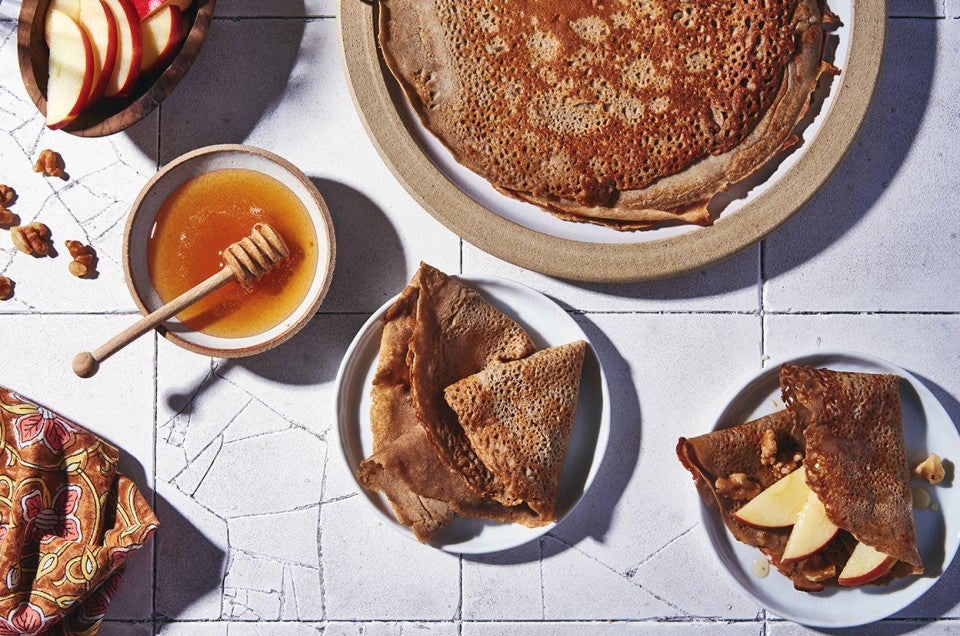

Nutrient rich and loaded with complex flavor, ancient grains add a fun, wholesome twist to baking. These seeds and cereals — many of which predate modern wheat by thousands of years — make for fantastic baking flour.
Interested in diving into the wide world of ancient grains? Here’s a guide on everything from amaranth to teff.
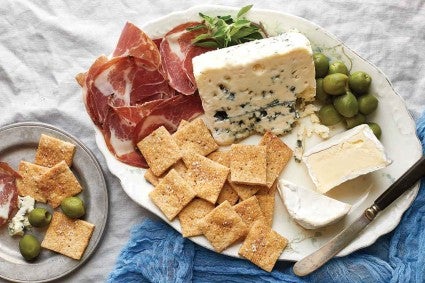
Amaranth flour is versatile, full of whole-grain nutrition, and enhances the flavor of many recipes. Naturally gluten-free, it contains all nine essential amino acids and lysine, a protein missing in most grains. Amaranth is a good source of iron, magnesium, and phosphorus.
Amaranth flour recipes: Gluten-Free Amaranth-Almond Bars, No-Knead Amaranth Honey-Nut Bread, Amaranth Ranch Crackers
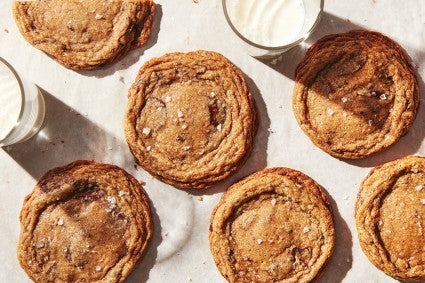
Buckwheat flour is hearty, gluten-free, and a good source of magnesium, copper, and dietary fiber. We enjoy its health benefits, but also turn to it again and again for its bold, nutty flavor.
Buckwheat flour recipes: Buckwheat-Cardamom Chocolate Chunk Cookies, Baked Buckwheat Pancake with Berry Compote, Blini
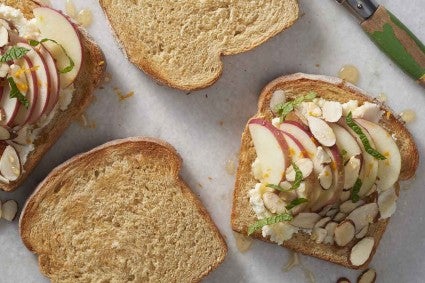
Kamut flour, a good source of protein and dietary fiber, contains some gluten. Kamut, the commercial name for Khorasan wheat, is an ancient variety of durum, with a grain twice the size of modern-day wheat.
Kamut flour recipes: Golden Kamut Bread
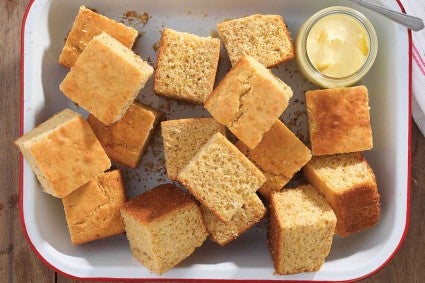
Millet flour is packed with nutrition for flavorful, healthier baked goods. Naturally gluten-free, it adds mild flavor to both sweet and savory recipes. You might recognize whole millet: Some cuisines use the small yellow seed in cooking, and it's typical in many bird seed mixtures, as well.
Millet flour recipes: Gluten-Free Golden Millet Cornbread, Maple Millet Scones
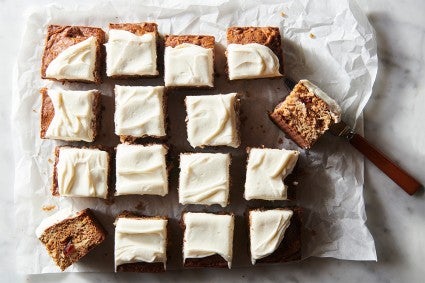
Quinoa flour adds whole-grain nutrition and essential amino acids to baked goods. Naturally gluten-free, quinoa is one of the only plant foods that's a complete protein, offering all the essential amino acids. Quinoa is also one of the grain world's best sources of potassium.
Quinoa flour recipes: Quinoa Date and Nut Bread, Sourdough Honey Quinoa Bread, Quinoa Pancakes, Gluten-Free Quinoa Apple Snacking Cake
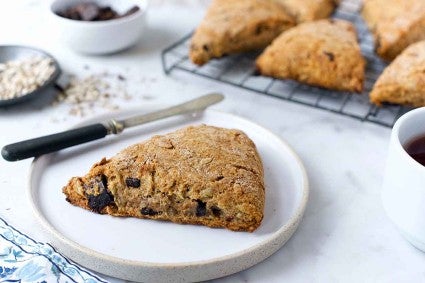
Spelt flour comes from an ancient strain of wheat. It's high in protein and has a nutty, complex flavor that's sweeter and lighter than that of whole wheat. Gluten-containing spelt is a good source of fiber, iron, and manganese.
Spelt flour recipes: Honey Spelt Sourdough Bread, Dark Chocolate and Sunflower Spelt Scones, Whole Grain Cinnamon Coffee Cake
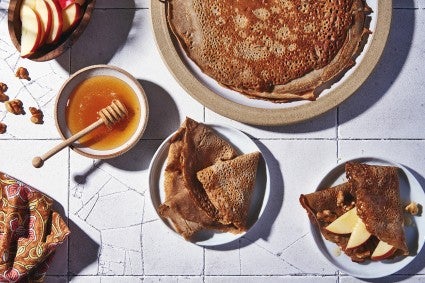
Teff flour makes a wholesome and versatile gluten-free flour that adds whole-grain nutrition to baked goods. Naturally gluten-free, this ancient East African grain is a good source of iron and fiber.
Teff flour recipes: Gluten-Free Teff Crepes, Tender Teff Pastry Crust, Pistachio Teff Brownies
Cover photo and food styling by Liz Neily.

